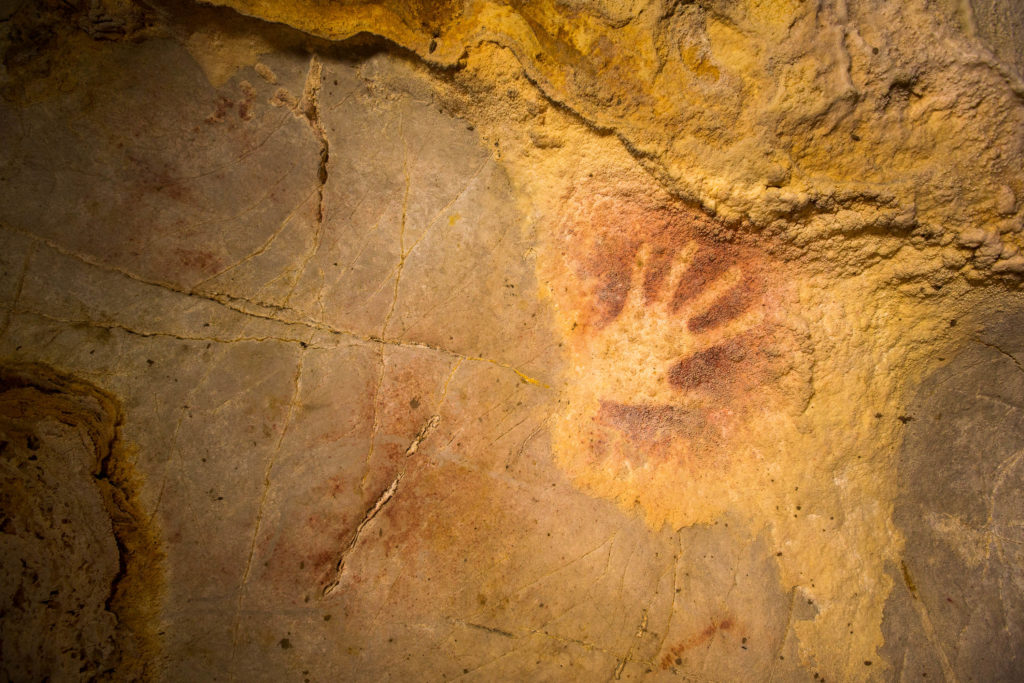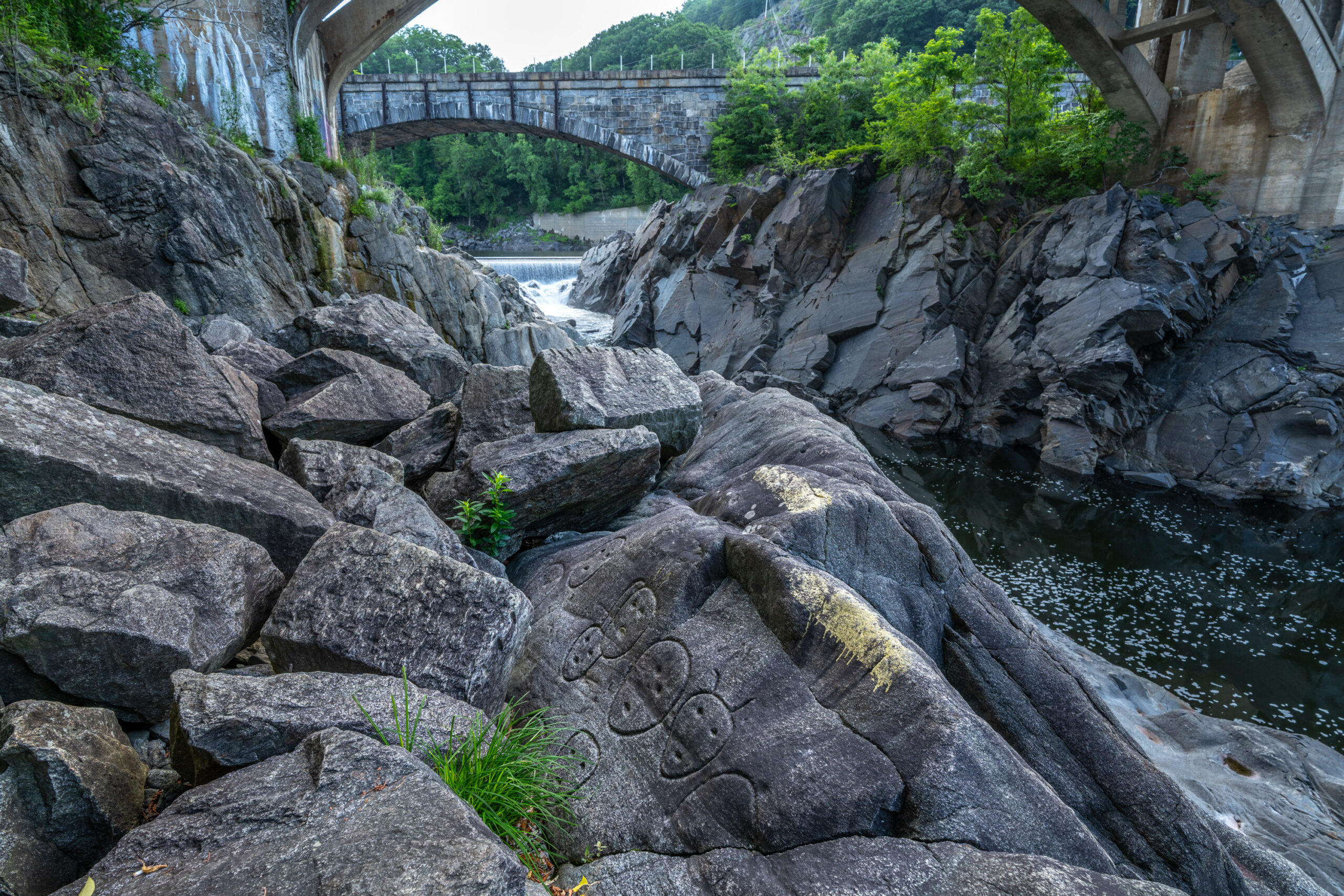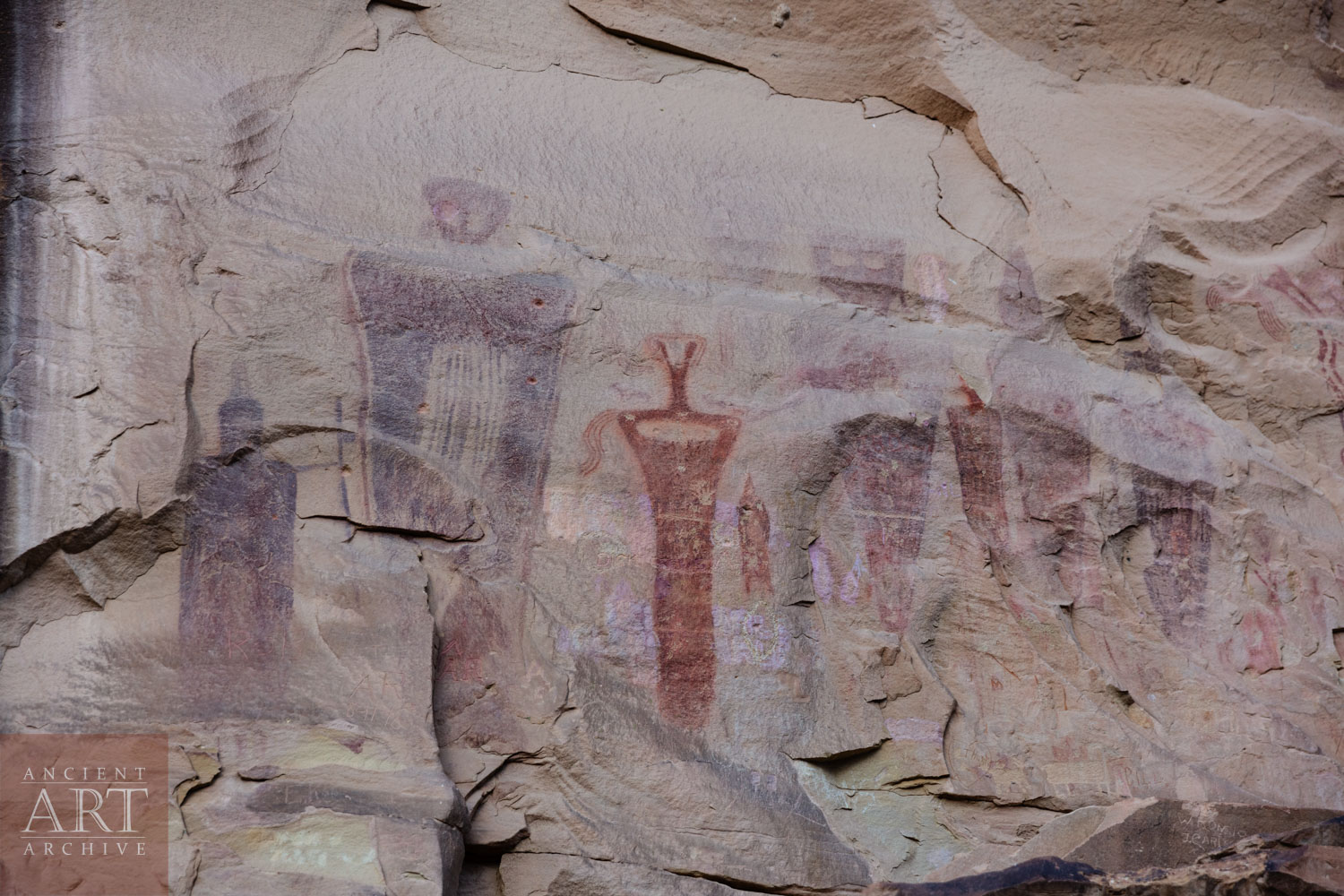Dating ancient rock art is difficult.
Artists who created the ancient masterpieces of rock art that we appreciate today—cave paintings, murals on cliff walls, pictographs, petroglyphs, and other artifacts—left no written words about the worlds in which they lived. This makes it difficult to know when they lived. Fortunately, modern technology has helped scientists develop several dating methods to accurately date ancient art sites.
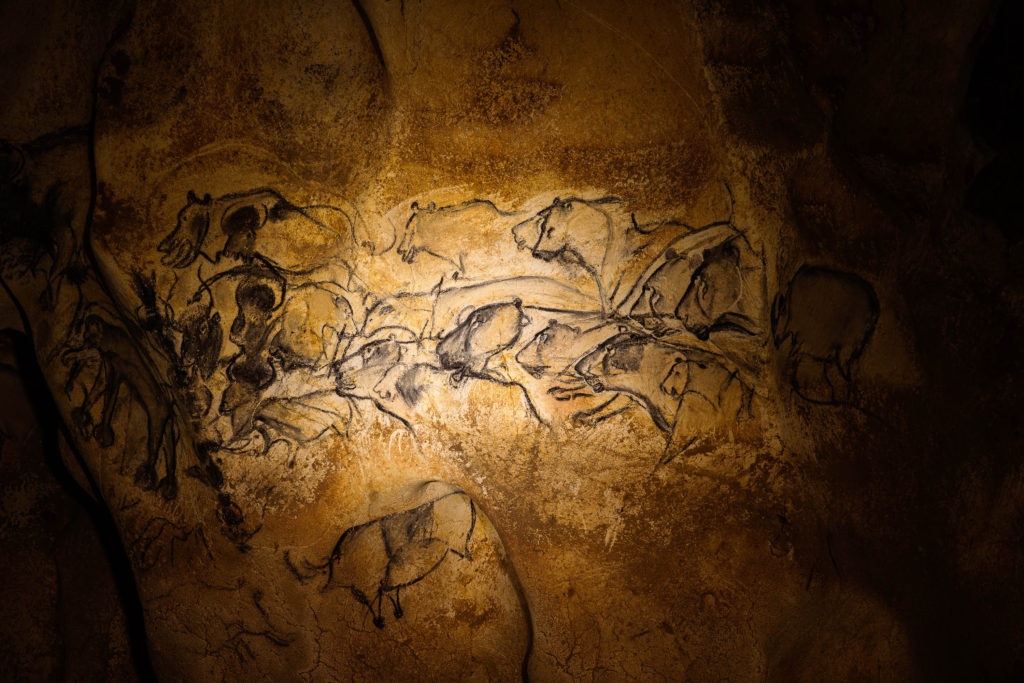
The most well-known of these methods is radiocarbon dating, also known as carbon-14 dating. Radiocarbon dating was first developed in the late 1940s and has since become a staple in many scientific fields. The principle behind this method is relatively simple. Carbon 14 is present in all living things. Once an organism dies, the carbon-14 atoms decay at a steady rate and become carbon-12 atoms. Scientists can measure the ratio of carbon-14 to carbon-12 in a sample, and using this ratio they can derive the sample’s age. It’s an extremely helpful method when dating organic material, such as black charcoal pigments, which contain large amounts of carbon. But it’s not as helpful in dating inorganic material, such as geologic formations, that contain little or no carbon. And there is a limit to how far back the method can reach. Samples less than 50,000 years old can readily be dated using carbon-14; older, samples, however, often no longer contain enough carbon-14 for accurate measurements. Radiocarbon dating has been used to find the ages of paintings in the Chauvet cave in southern France, some of which are more than 30,000 years old.
“paintings in El Castillo in Spain are more than 40,000 years old, much older than previously suspected”
Another dating method uses uranium and thorium (U/T). This approach measures the decay of uranium-234 into thorium-230. The ratio of uranium to thorium then yields the deposit’s age.
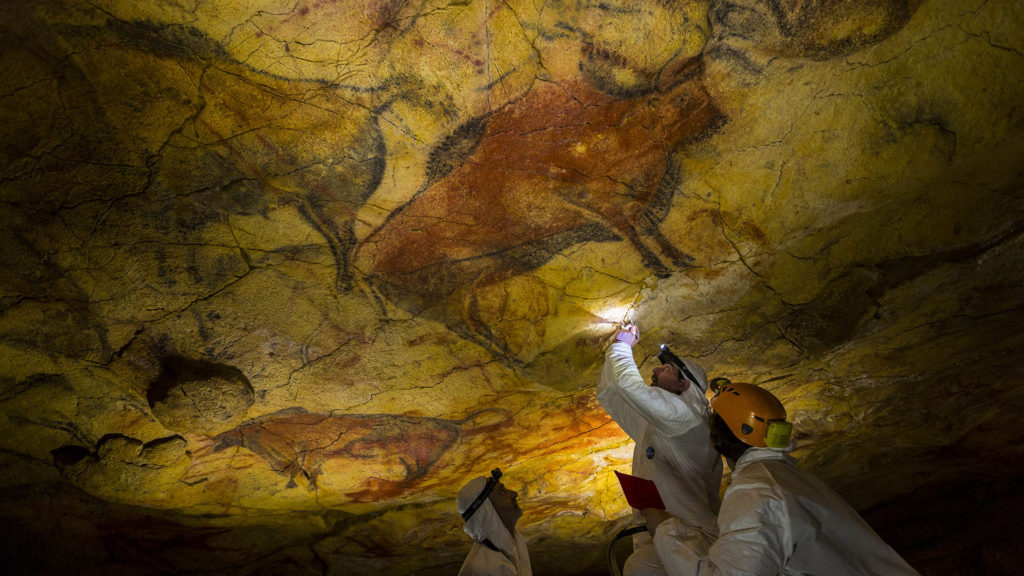
Because uranium-234 is soluble in water and thorium-230 is not, scientists can use U/T to date the age of cave deposits, such as limestone. Limestone that is dissolved in water has no thorium in it. Once the limestone is deposited, say, on the surface of a cave painting, the atomic “clock” starts. Unlike radiocarbon dating, the uranium-thorium method is not dependent on the presence of organic material and, with an upper age limit of 500,000 years before the present, it reaches much further back in time. Uranium-thorium dating has been used to prove that some of the paintings in El Castillo in Spain are more than 40,000 years old, much older than previously suspected.
The third widely used method to date ancient art is luminescence dating. Luminescence works differently than radiocarbon or uranium-thorium techniques. Common crystalline minerals, like silica, absorb radiation from heat or sunlight. Scientists can measure this absorbed radiation, or luminescence, which in turn can be used to give an approximate date of when the sample was last exposed to heat or light. This method can be used to test samples where radiocarbon or uranium-thorium dating may be impossible. Luminescence dating is most useful for portable art that is found in situ at an archeological site. Humanity’s oldest carved object, for example, the 77,000-year-old red ochre block from Blombos Cave in South Africa was dated using the luminescence method.
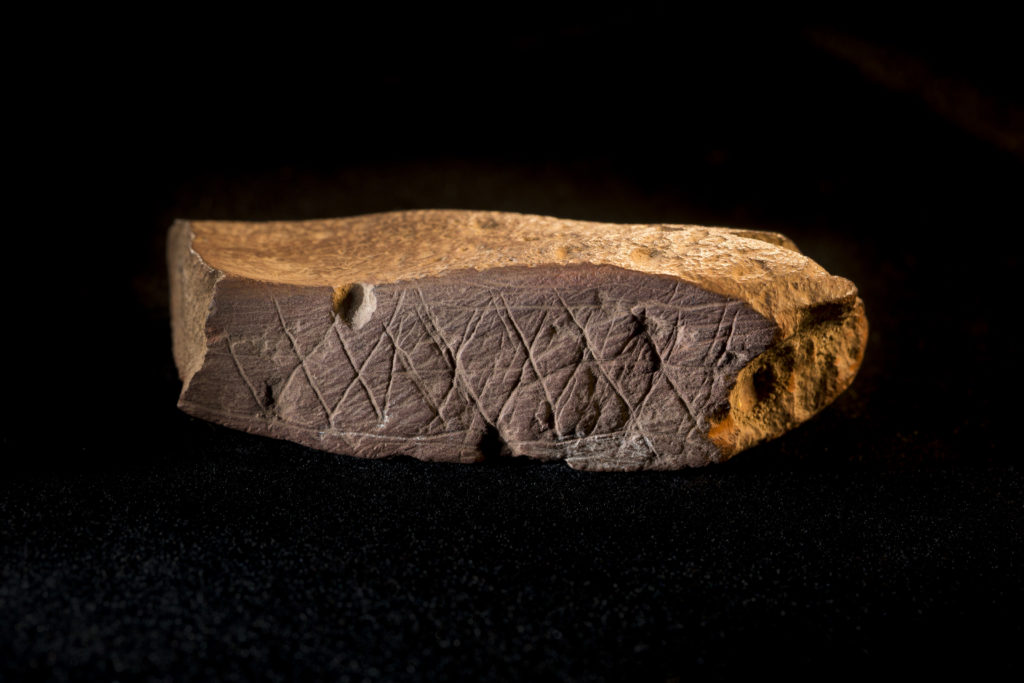
Even with these dating techniques, pinpointing the ages of rock art and cave art can be maddeningly difficult. Sometimes the only clue to the age of an artwork is the style in which it was painted or carved. Still, these three dating techniques provide some of the most reliable data on our species’ oldest art and help us to imagine familiar creative desires across vast expanses of time.
-Joshua Alvarez
Sewanee, TN
